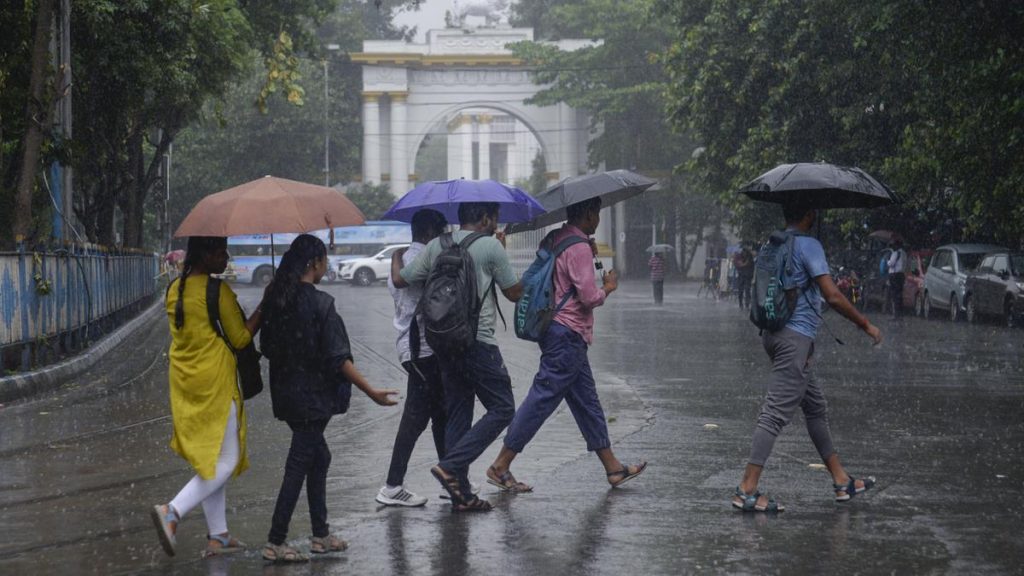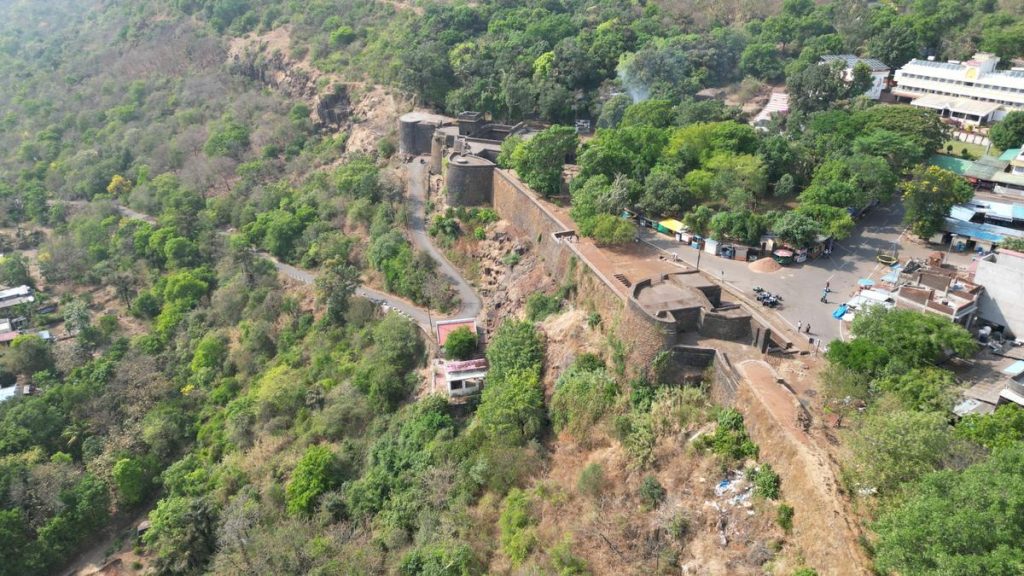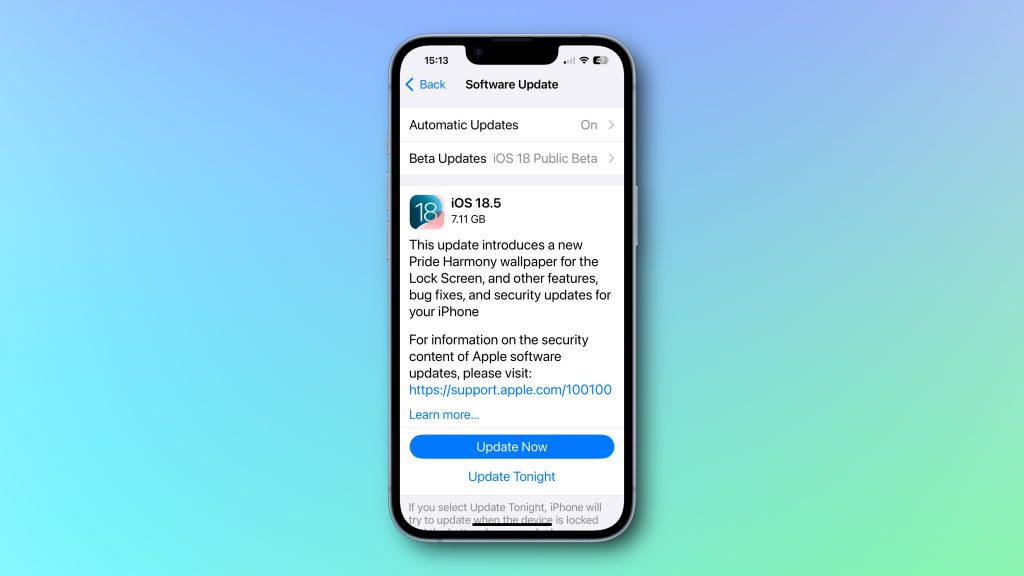Now Reading: 10 Dangerous Asteroids Under Scientists’ Watchful Eye
-
01
10 Dangerous Asteroids Under Scientists’ Watchful Eye
10 Dangerous Asteroids Under Scientists’ Watchful Eye
Fast Summary
- Asteroid 2024 YR4: Estimated size of 174-220 feet, with a 4.3% chance of hitting the Moon on Dec 22, 2032; initially had concerns for Earth but now deemed safe.
- 99942 Apophis: Aten-class asteroid (~330-450 meters wide); no longer a threat for its close approach in 2029 but under watch for future orbital changes.
- 101955 Bennu: Highly studied (~490 meters wide), holds a potential impact risk in 2182 (1-in-2,700 chances); OSIRIS-REx mission revealed unstable rubble-like surface.
- 2004 VD17: Large asteroid (~580 meters) removed from high-risk lists after new data diminished its projected impact in 2102; still monitored due to elliptical orbit and prior threat status.
- 1998 OH: Apollo-class object with notable close approaches in 2042 & 2132; trajectory sensitive to gravitational nudges and solar radiation effects.
- 1990 MU: Massive asteroid (300-600 meters wide) classified as perhaps hazardous; scheduled near-miss flybys in coming decades remain under intense observation.
- 2007 FT3: Tracked briefly before losing visibility, leaving uncertainty over orbit predictions. Initially marked high-risk due to potential impacts on multiple dates before being downgraded by NASA.
- 2023 TL4: Recently discovered ~330-meter-wide rock, carrying remote risk (0.00055%) of impacting Earth by the year 2119; underscores need for global detection systems.
- Venus Co-Orbital Asteroids: A challenging group hidden near Venus’s orbit includes city-killer-sized threats that could shift toward Earth due to gravitational or thermal forces over time.
- 2025 Close-Flyer Cluster: five small-city-sized asteroids tracked within a single day near Earth-critical drills for planetary defense.
Indian Opinion Analysis
The list demonstrates humanity’s growing ability to detect and study astrophysical hazards long before they pose imminent threats. India can further contribute through collaborations like ISRO’s space surveillance initiatives or advancing asteroid-tracking technologies similar to Pan-STARRS and ATLAS systems used globally.From this roundup, there are clear lessons regarding preparedness:
- The priority must be establishing robust global monitoring networks that ensure fewer asteroids slip through unnoticed-as seen with cases like “lost” FT3 or Venus’s co-orbitals.
- Long-term research backed by missions like OSIRIS-REx aids not only scientific understanding but also enhances deflection contingency planning-a field where Indian space agencies could focus additional R&D efforts given potential regional vulnerability from cosmic hazards.
While none of these objects directly threaten India at present, frequent updates such as new discoveries highlight the need for continuous vigilance and cooperative planetary defense investments between nations looking beyond borders.



























